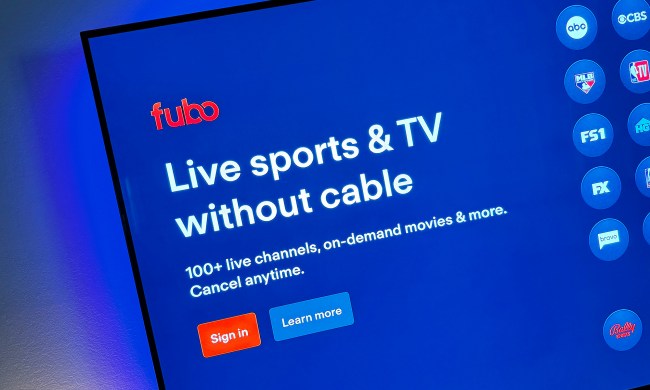Just in case AT&T’s ever-growing slate of streaming platforms isn’t enough to leave you baffled, the company recently announced that it’ll be changing the name of its live TV streaming service, DirecTV Now, to AT&T TV Now sometime next month.
Somehow, AT&T TV Now is different from the live TV streaming service that AT&T announced last week, which is called AT&T TV. The two services aren’t entirely separate, however. Over the next few weeks, AT&T will launch a new app, also called AT&T TV, that will support both AT&T TV and AT&T TV Now subscriptions. Which service you’re using will be determined by your login credentials, AT&T says.
And yes, all of this seems to be an attempt to make things less confusing for customers.
Thankfully, if you’re an existing DirecTV Now customer, you don’t really need to worry about keeping everything straight. According to AT&T’s press release, the new AT&T TV app will automatically replace the DirecTV Now app sometime in “the coming weeks” on all supported devices. Aside from the new name, a new logo, and possibly a new user interface, AT&T TV Now should work exactly like DirecTV Now does.
AT&T hasn’t made it clear how AT&T TV — the service, not the app — will differ from AT&T TV Now/DirecTV Now. It looks like AT&T TV is a piece of hardware that combines streaming television, DVR functionality, and smart home functions into one box, while AT&T TV Now will continue to function like PlayStation Vue, Sling TV, and other live TV streaming services by offering an app that’s available on multiple platforms. AT&T is set to release more information about AT&T TV in the next few weeks, which will hopefully clear things up.
From a branding perspective, putting the service formerly known as DirecTV Now under the AT&T brand makes some sense. DirecTV is best known as a satellite TV provider, and it doesn’t really have much to do with internet streaming. By contrast, AT&T’s normal cable service is known as AT&T U-verse. You can see some logic there.
Otherwise, the dual AT&T TV and AT&T TV Now branding seems needlessly obtuse, although we shouldn’t be too surprised. AT&T is also the company that has five streaming platforms — in addition to AT&T TV and AT&T TV Now, it also runs WatchTV, the upcoming HBO Max, and the superhero-centric DC Universe — and two separate HBO apps that do almost the exact same thing. At the very least, this change should make DirecTV less of a concern going forward. As far as AT&T is concerned, there’s too much else to keep straight.


